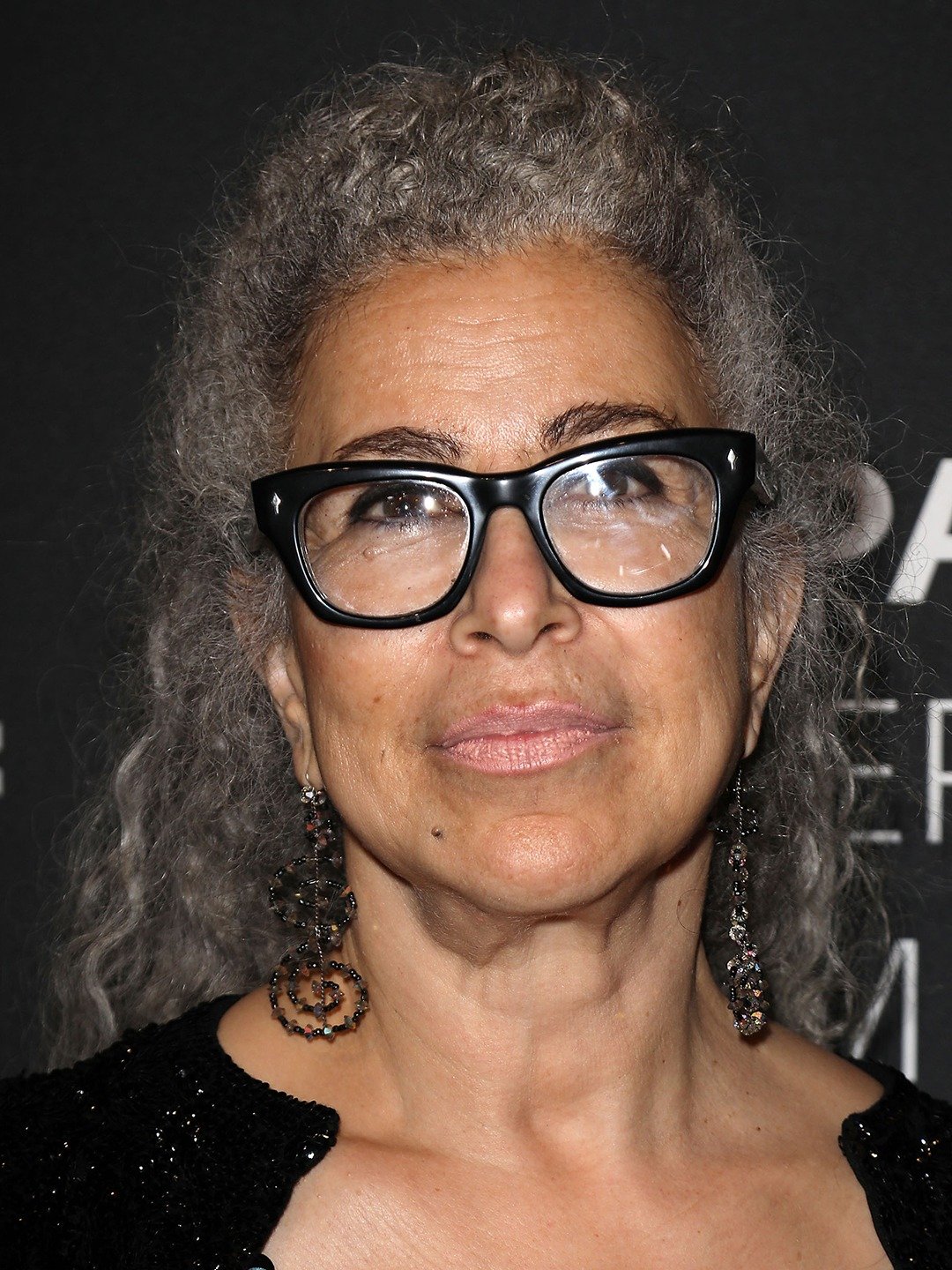When you think about Rome, the first things that come to mind might be the Colosseum, Vatican City, or maybe even gelato. But beneath the surface of this historic city lies a world where shadows dance and secrets whisper—the world of the Roma Mafia. It’s not just a plotline for movies or books; it’s a real-life drama that has shaped the history and culture of Rome in ways you wouldn’t imagine.
The Roma Mafia, also known as the Roman crime syndicate, is more than just a group of criminals. It’s a network of power, influence, and intrigue that stretches across Italy and beyond. From extortion to drug trafficking, this organization has left its mark on the city, often operating under the radar while controlling vast portions of the underground economy.
So, why should you care? Understanding the Roma Mafia isn’t just about knowing who pulls the strings behind the scenes; it’s about recognizing how organized crime affects society, politics, and even everyday life. In this article, we’ll dive deep into the world of the Roma Mafia, uncovering its origins, operations, and the impact it has on Rome today. Let’s get started!
Read also:Tyla Seethal Nude Unveiling The Truth Behind The Controversy
Here’s a quick overview of what we’ll cover:
- Origins of the Roma Mafia
- Structure and Hierarchy
- Criminal Activities
- Influence on Politics and Society
- Famous Figures in the Roma Mafia
- Law Enforcement Efforts
- Modern-Day Roma Mafia
- Impact on Tourism
- Cultural Representation
- The Future of the Roma Mafia
Origins of the Roma Mafia
Let’s rewind the clock and explore where it all began. The Roma Mafia didn’t just pop up overnight; it evolved over decades, shaped by the unique socio-political climate of Rome. Back in the day, the city was a melting pot of different cultures and influences, and with that came opportunities for those willing to take risks—legal or otherwise.
One of the earliest forms of organized crime in Rome emerged during the post-World War II era. This was a time when the city was rebuilding, and resources were scarce. Enterprising individuals saw an opening to capitalize on the chaos, setting the stage for what would eventually become the Roma Mafia.
Fast forward to the 1970s and 80s, and the Roma Mafia had solidified its presence. It wasn’t just about petty theft anymore; they were now involved in everything from drug trafficking to real estate fraud. The organization thrived in the shadows, often using bribery and intimidation to silence anyone who dared to cross them.
Key Events That Shaped the Roma Mafia
- The rise of the Banda della Magliana, a notorious crime group that became synonymous with the Roma Mafia.
- Connections with other Italian mafia groups, such as the Camorra and 'Ndrangheta, strengthening their influence.
- Political scandals involving high-profile figures who allegedly had ties to the Roma Mafia.
Structure and Hierarchy
Now, let’s talk about how the Roma Mafia operates. It’s not just a random collection of criminals; it’s a well-organized machine with a clear structure and hierarchy. At the top, you’ve got the capos—these are the big bosses who call the shots. Below them are the soldiers, each with their own responsibilities and territories to manage.
What makes the Roma Mafia unique is its adaptability. Unlike traditional mafia groups, it doesn’t follow a strict code of honor. Instead, it’s more like a business, where loyalty is secondary to profit. This flexibility allows them to expand their operations and exploit new opportunities as they arise.
Read also:1911 Addicts The Hidden World Of A Unique Obsession
How the Hierarchy Works
- Capos: The leaders who make all the big decisions.
- Soldiers: The foot soldiers who carry out the dirty work.
- Associates: People who work with the mafia but aren’t fully initiated.
And let’s not forget the "consiglieri," or advisors, who act as intermediaries and help keep the organization running smoothly. It’s a complex web of relationships, and it’s what makes the Roma Mafia so difficult to dismantle.
Criminal Activities
So, what exactly does the Roma Mafia do? Well, their activities run the gamut from the mundane to the downright sinister. Here’s a breakdown of some of their most common operations:
- Drug Trafficking: One of their biggest revenue streams, with connections to international cartels.
- Extortion: Known as "pizzo," this is the practice of demanding protection money from businesses.
- Real Estate Fraud: Buying and selling properties at inflated prices to launder money.
- Counterfeiting: From fake designer goods to forged documents, they’ve got it all.
It’s a lucrative business, and the Roma Mafia has mastered the art of staying one step ahead of the law. Their ability to adapt and innovate is what keeps them relevant in an ever-changing world.
Influence on Politics and Society
When you think about the Roma Mafia, it’s not just about crime; it’s about power. Over the years, they’ve managed to infiltrate various levels of society, including politics. Allegations of corruption and bribery have dogged many high-profile figures, raising questions about the extent of the mafia’s influence.
But it’s not just politicians who are affected. Ordinary citizens often find themselves caught in the crossfire, whether it’s through extortion or simply living in fear of retaliation. The Roma Mafia’s presence looms large over the city, shaping everything from local businesses to community dynamics.
Case Study: The Banda della Magliana
One of the most infamous groups associated with the Roma Mafia is the Banda della Magliana. Known for its brutal tactics and political connections, this group became a symbol of the mafia’s reach in Rome. Their activities ranged from assassinations to political corruption, and their legacy continues to haunt the city to this day.
Famous Figures in the Roma Mafia
Every story needs its characters, and the Roma Mafia is no exception. Here are a few of the most notorious figures who’ve left their mark on the organization:
- Giovanni Brusca: A key player in the Banda della Magliana, known for his ruthlessness.
- Fabrizio Quattrocchi: A businessman with alleged ties to the mafia, whose death sparked national outrage.
- Giovanni Falcone: While not a member of the Roma Mafia, this anti-mafia judge played a crucial role in exposing their operations.
These individuals represent just a fraction of the complex web of personalities that make up the Roma Mafia. Each has their own story, and each has contributed to the organization’s legacy in one way or another.
A Closer Look at Giovanni Brusca
Giovanni Brusca is perhaps one of the most infamous names associated with the Roma Mafia. His involvement in the Banda della Magliana made him a feared figure in Rome, and his willingness to use violence to achieve his goals earned him a reputation as one of the most ruthless members of the organization.
Despite his notoriety, Brusca’s story is also one of decline. Eventually captured and sentenced to life in prison, his fall from grace serves as a cautionary tale about the dangers of getting too close to the edge.
Law Enforcement Efforts
So, what’s being done to stop the Roma Mafia? Law enforcement agencies have been working tirelessly to dismantle the organization, but it’s no easy task. The mafia’s ability to adapt and its deep-rooted connections make it a formidable opponent.
Over the years, there have been some notable successes. High-profile arrests and seizures of assets have dealt significant blows to the organization. However, the fight is far from over. The Roma Mafia continues to evolve, and law enforcement must stay one step ahead if they hope to make a lasting impact.
Challenges Facing Law Enforcement
- Corruption: Allegations of bribery and collusion within law enforcement agencies.
- Intimidation: Fear of retaliation often prevents witnesses from coming forward.
- Adaptability: The mafia’s ability to change tactics and exploit new opportunities.
Modern-Day Roma Mafia
Fast forward to today, and the Roma Mafia is still very much alive and kicking. While it may not be as visible as it once was, its influence is still felt throughout the city. Modern technology has changed the game, allowing the mafia to operate more efficiently and with greater anonymity.
From cybercrime to money laundering, the Roma Mafia has embraced the digital age with open arms. This shift has made it even harder for law enforcement to track their activities, as they can now operate from anywhere in the world.
Technology and the Roma Mafia
One of the most significant changes in recent years has been the mafia’s use of technology. Whether it’s hacking into systems or using encrypted communication tools, the Roma Mafia has proven itself to be a tech-savvy organization. This adaptation highlights the need for law enforcement to stay ahead of the curve.
Impact on Tourism
Rome is one of the most visited cities in the world, attracting millions of tourists each year. But the presence of the Roma Mafia casts a shadow over the city’s reputation. While most visitors are unlikely to encounter any issues, the fear of crime can deter potential tourists from visiting.
Efforts to improve safety and security have been ongoing, but the stigma remains. It’s a delicate balancing act between promoting the city’s rich history and culture while addressing the underlying issues that affect its image.
Tourism and Public Perception
Public perception plays a crucial role in how the Roma Mafia is viewed. While the media often portrays them as larger-than-life figures, the reality is much more complex. For many Romans, the mafia is a part of everyday life, and their impact is felt in ways that aren’t always obvious to outsiders.
Cultural Representation
From movies to books, the Roma Mafia has been a staple of popular culture for decades. Whether it’s the gritty realism of films like "Gomorrah" or the over-the-top drama of TV shows, the mafia continues to captivate audiences around the world.
But it’s not just entertainment; cultural representation also plays a role in shaping public perception. By portraying the mafia in a certain way, media can either perpetuate stereotypes or offer a more nuanced view of their operations and impact.
Media and the Roma Mafia
The portrayal of the Roma Mafia in media has evolved over the years. While early depictions often focused on violence and glamour, more recent works have sought to explore the complexities of organized crime. This shift reflects a growing understanding of the issues at play and a desire to present a more accurate picture.
The Future of the Roma Mafia
So, what does the future hold for the Roma Mafia? As the world becomes increasingly interconnected, the organization will undoubtedly face new challenges and opportunities. The rise of digital technology and globalization means that the mafia must adapt or risk becoming obsolete.
But one thing is certain: the Roma Mafia isn’t going away anytime soon. Its ability to evolve and thrive in the face of adversity is a testament to its resilience. The question is, can law enforcement keep up with the changing landscape and finally bring an end to this shadowy organization?
Final Thoughts
The Roma Mafia is more than just a crime syndicate; it’s a reflection of the complex interplay between power, influence, and society. Understanding its origins, operations, and impact is essential for anyone hoping to make sense of the world we live in today.
So, what can you do? Stay informed, stay vigilant, and don’t be afraid to speak out against injustice. Together, we can work towards a future where the Roma Mafia is nothing more than a distant memory.
Thanks for reading! If you enjoyed this article, why not share it with your friends? And if you’ve got any thoughts or questions, feel free to leave a comment below. Let’s keep the conversation going!


